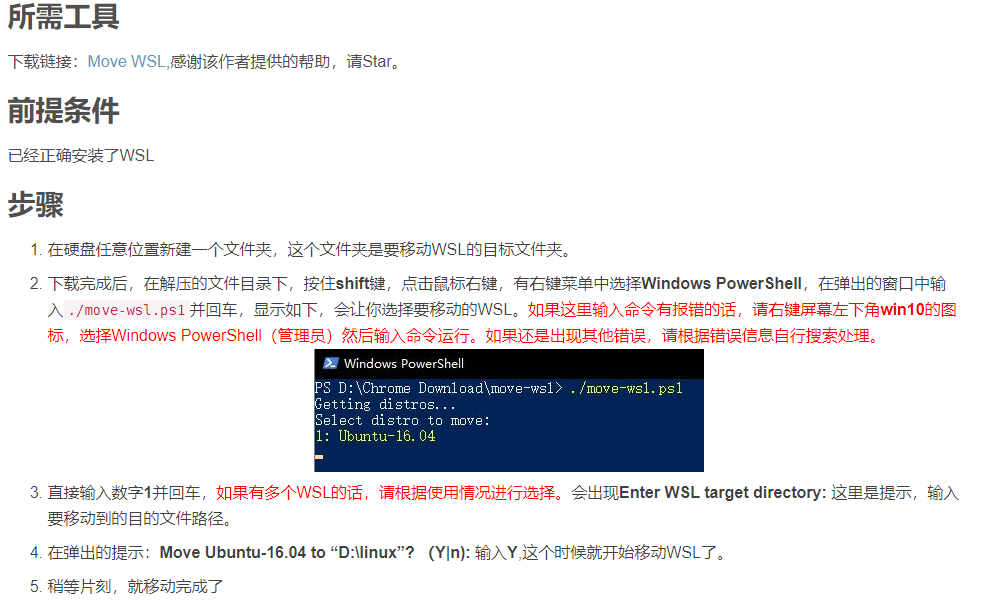
Go to Explorer and CTRL+V in the location bar. Right mouse click on a shortcut in Windows. Let's turn it on its head: why would a windows user start using Linux If Microsoft announced these changes next year, it wouldn't be a shock any more. Ten years ago these felt beyond the realms of possibility. Given the money is in the applications, not the operating systems, it's not hard to see Microsoft, in the longer term, preferring to sell Active Directory and MS SQL to CentOS users than be pushed out of consideration altogether. They can keep trying to customize Windows, but why bother if Google will do all the maintenance for them?įor server operating systems I think it's pretty much recognized the only reason people maintain Microsoft operating systems on the back-end is to host a diminishing number of Microsoft server applications, and system administrators love monocultures, and are finding themselves forced to install GNU/Liinux systems anyway. Reason for the former? They're already moving to delivering their major applications on the web, and ChromeOS requires minimal changes to fit in with that. I don't think they'll be killing Windows any time soon, but I can see them adopting and forking ChromeOS and possibly even something like RHEL/CentOS.

I'm expecting MS to publish their own Linux distro around 2025 and. In the second half of the year, WSL 2 will get support for GPU compute workflows. WSL 2 is slated to arrive in the next major Windows 10 update coming later this month (brilliantly called the Windows Update), but it won't have these new features.

Microsoft first shared it was working on WSL 2 a year ago at Build 2019. WSL is a compatibility layer for running Linux binary executables natively on Windows. Microsoft also unveiled WSL improvements today, including support for GPUs, Linux GUI apps, and a simplified install experience. Windows Terminal is for users of PowerShell, Cmd, WSL, and other command-line tools.

The open source application features multiple tabs, panes, tear-away windows, shortcuts, Unicode and UTF-8 character support, emojis, ligatures, extensions, GPU-accelerated text rendering engine, and custom themes, styles, and configurations. Microsoft today released Windows Terminal 1.0, which means it is stable for enterprise use.

Windows 10 runs on 1 billion monthly active devices (PCs, Xbox One consoles, and HoloLens devices), making it a massive platform for developers to target. Microsoft even released a Windows Package Manager in preview. From a report: Windows Terminal is now out of preview for enterprises, and Windows Subsystem for Linux (WSL) 2 is getting support for GPUs, Linux GUI apps, and a simplified install experience. At Build 2020 today, Microsoft gave developers a slew of new tools to coax them into using Windows over macOS or Linux.


 0 kommentar(er)
0 kommentar(er)
